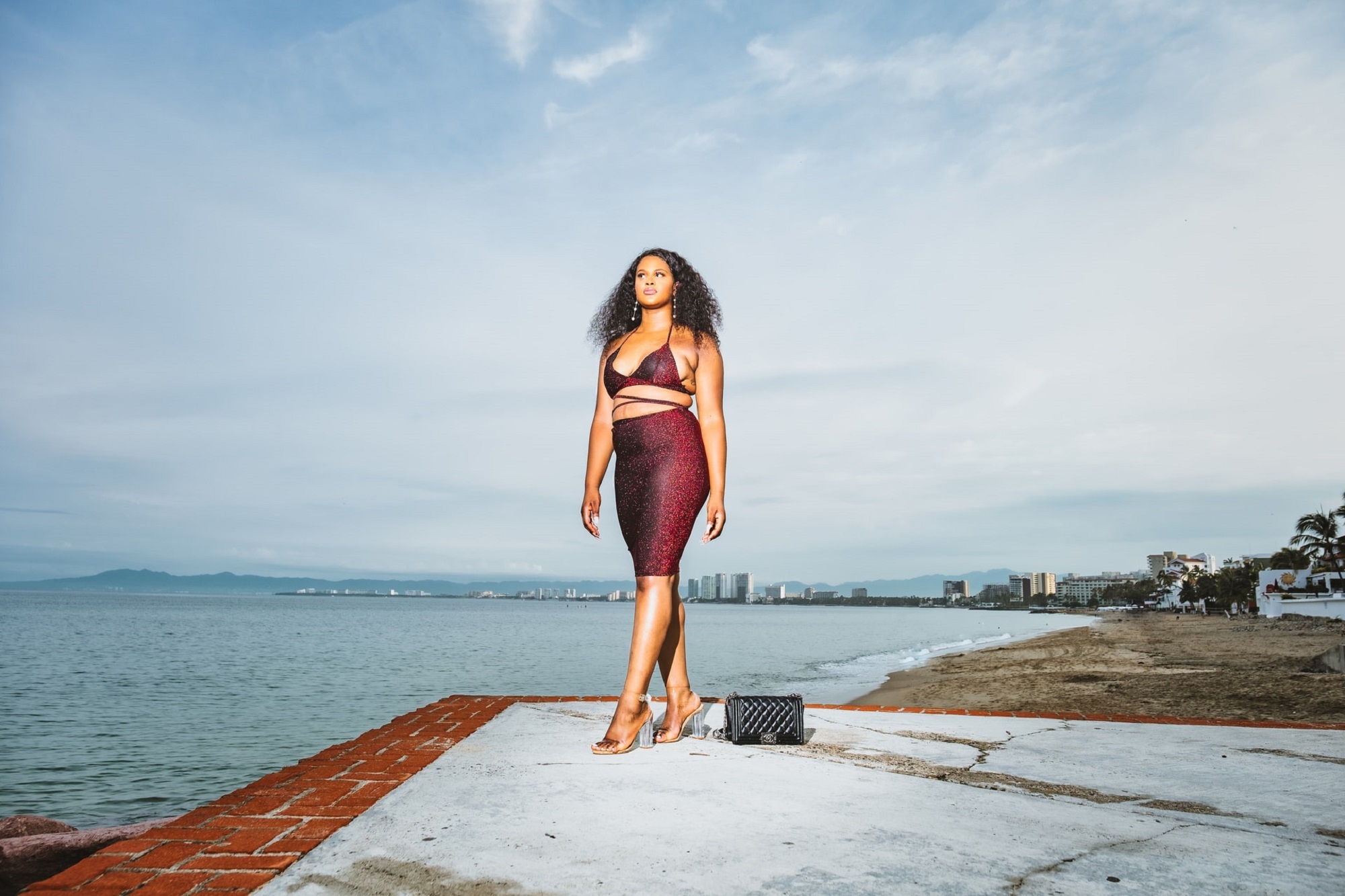

Sometimes it feels like new fashion trends just pop up out of nowhere. In reality, though, these fads are usually the product of months or even years of careful observation and planning by behind-the-scenes actors: trend forecasters.
These craze-setters take note of fashion shows and celebrity looks, but they also collect data on politics, entertainment, the environment, technology, and consumer behavior. Such big-picture cultural observations are a jumping-off point to infer what colors, silhouettes, and fabrics will be the macro trends in fashion up to two years in advance.
Where do fads come from?
“Fashion is always a reaction to the environment,” says Carrera Kurnik, lead editor of Culture and Consumer Insights at Fashion Snoops, a trend forecasting company. “Economic climates, emotional climates, political climates, and all these different things that are happening around us are affecting how we dress, how we want to be viewed, and how we show others who we are.”
Trend forecasters begin with observations of changes in any of these climates. According to Francesca Muston, Vice President of Fashion at the forecasting company WGSN, the real analysis begins after a series of similar observations occur. For example, WGSN forecasters found several years ago that millennials and Gen-Z were being priced out of big cities, and also that freelance and gig work was booming while delivery services were increasing. On top of all that, overall anxiety levels seemed to be rising. That all led to the large-scale insight that people would be spending more time at home, says Muston. Looking back at historical data, Muston adds, they inferred that this would mean more folks would desire comfortable clothing.
[Related: 10 amazing personal care products you should know about]
After identifying a cultural trend, analysts work to translate it into a corresponding shift in fashion. Forecasting companies have access to huge amounts of historical data—runway photography, fashion magazine archives, and their own research—on top of all the information constantly flowing out of potential consumers on social media. Forecasters search for previous instances of similar trends, associate values like “comfort” with colors, fabrics and silhouettes, then settle on recommendations that their clients use to decide what to design. That’s how WGSN identified the current yen for loungewear years in advance. “We certainly didn’t predict that a pandemic would sweep in and accelerate it, though,” says Muston.
In the past, new fads appeared almost exclusively through a “top-down” method, in which fashion designers release their runway collections and those new styles catch on slowly. For forecasters, that analysis is fairly straightforward; it takes about two years for couture elements to make it into retail stores. The other way is “bottom-up,” which is where trends emerge organically in culture—like when the cool kids in a particular city start wearing a new style that then catches on in other social groups and geographic locations.
Nearly all trends used to trickle down from the elite ranks of the fashion industry, but social media and influencer culture have changed that. “The internet has really shaken up the almighty trickle-down,” says Kurnik.
The AI trendspotters
Social media isn’t the only thing that’s drastically changed the way that trend forecasters make their predictions; many companies now use artificial intelligence programs to hunt down new trends. Fashion Snoops, for example, uses AI to scrape the internet for buzzwords and novel slang with the potential to develop into something chic.
IBM’s Watson AI can analyze hundreds of thousands of images from runway shows and generate insights about what colors and patterns retailers should be looking to stock for the upcoming season. The algorithm disregards irrelevant data, like types of backgrounds and model’s skin tones. Then, it finds the prominent colors in each image and records them, eventually returning data about how often each color occurs. It can run a similar analysis for fabric patterns and for finding similarities between different runway shows. An individual fashion trend forecaster would never be able to analyze that amount of data in time for the next season, so using AI to do the grunt work frees up forecasters to look for upcoming trends in less conventional areas, like movies, TV, or even politics.
The power of AI in trend forecasting doesn’t stop there, according to Vikas Raykar, a researcher on the IBM Research AI for Fashion team. The fashion industry is notoriously wasteful, accounting for 10 percent of global carbon emissions and putting as much as nine million tons of textiles in landfills each year. In the future, to mitigate this problem, Watson could help clothing manufacturers predict what the demand for each style might be by volume. “If I’m going to launch a new product for, let’s say, two months down the line, can you really be able to forecast how much will sell out?” says Raykar. “If you can crack that… you can minimize unsold inventory.” That reduction in waste could be a big step in fashion brand sustainability.
What trends are coming next?
The styles you’ll be seeing in popular retail stores this year have been brewing for a few years now. According to Fashion Snoops, blue overtook pink on the runways as the most popular color for spring and summer 2021, so you might expect to see more periwinkle hues next season. The Fashion Institute of Technology published their faculty’s predictions for post-pandemic trends, which include fuzzy slippers and garments with cut-outs. And WGSN identified “A.I. Aqua” in 2019 as the biggest color of 2021. Only time will tell what sticks.
Trends like comfort and sustainability have been around for a while and are continuing to develop, but new trends are constantly emerging and evolving. “Sometimes people think of trends as this thing that happens all of a sudden, like a firecracker,” says Kurnik. “But it’s not so much about the firecracker, it’s more tracking the trend. We’re chasing whales.”
